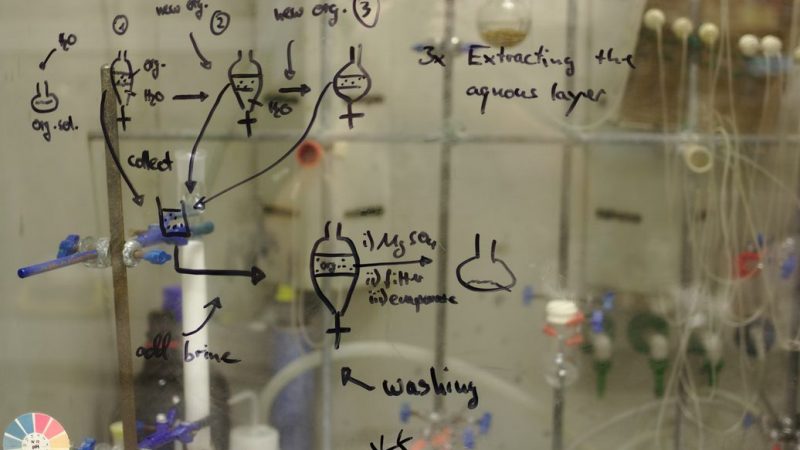Exploring the Wonders of Our Solar System: A Guide to the Planets for Kids
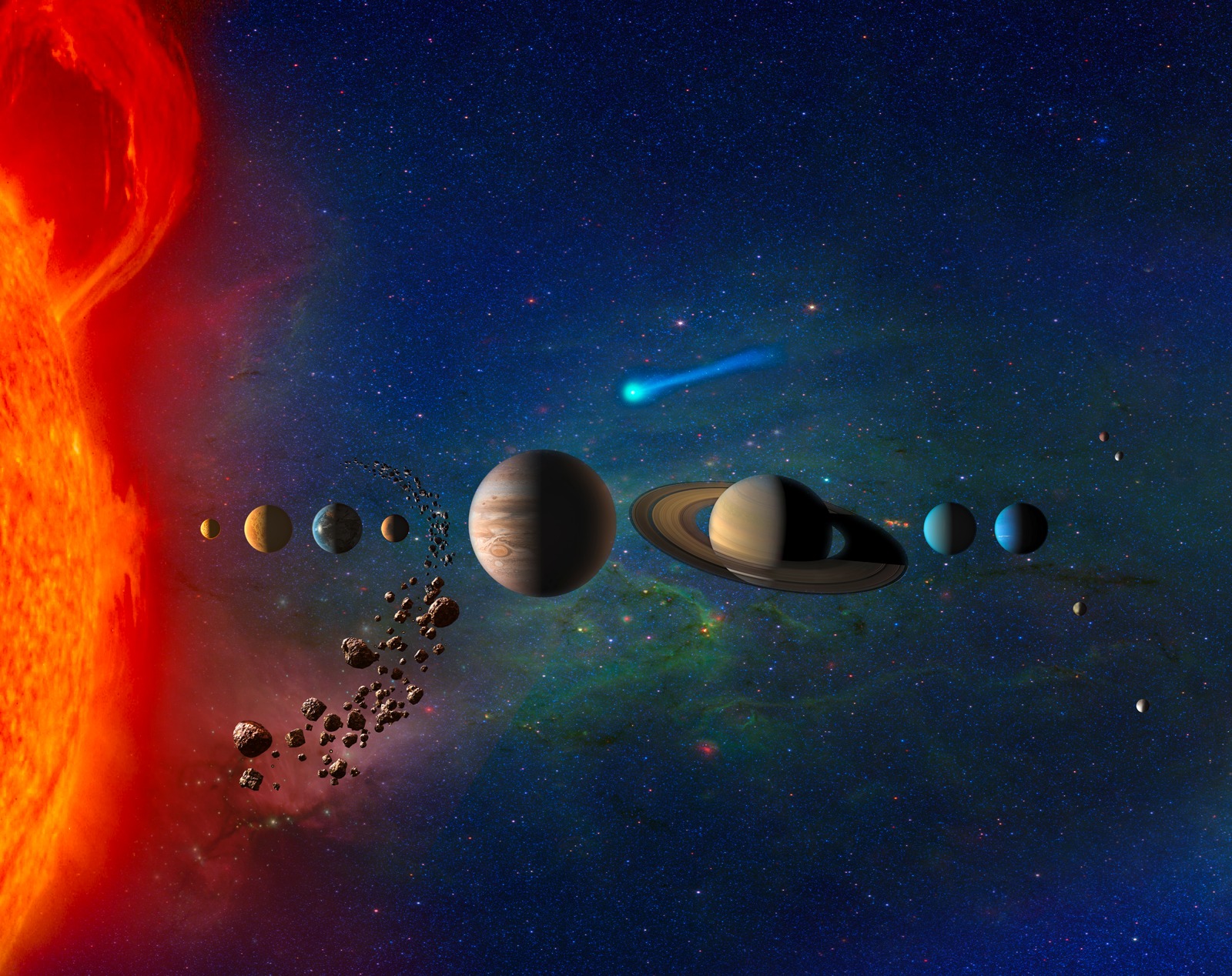
Introduction:
Welcome to the amazing world of the solar system! Our solar system is home to eight fascinating planets, each with its own set of characteristics and wonders. In this guide, we’ll explore each of these planets and find out what makes them so special. So buckle up and get ready to blast off into the world of planets!
Mercury: The Closest Planet to the Sun
Mercury is the smallest planet in our solar system and the closest planet to the sun. It has a rocky surface and a very thin atmosphere. Despite its close proximity to the sun, Mercury has a surprisingly cold surface, reaching temperatures as low as -290°F.
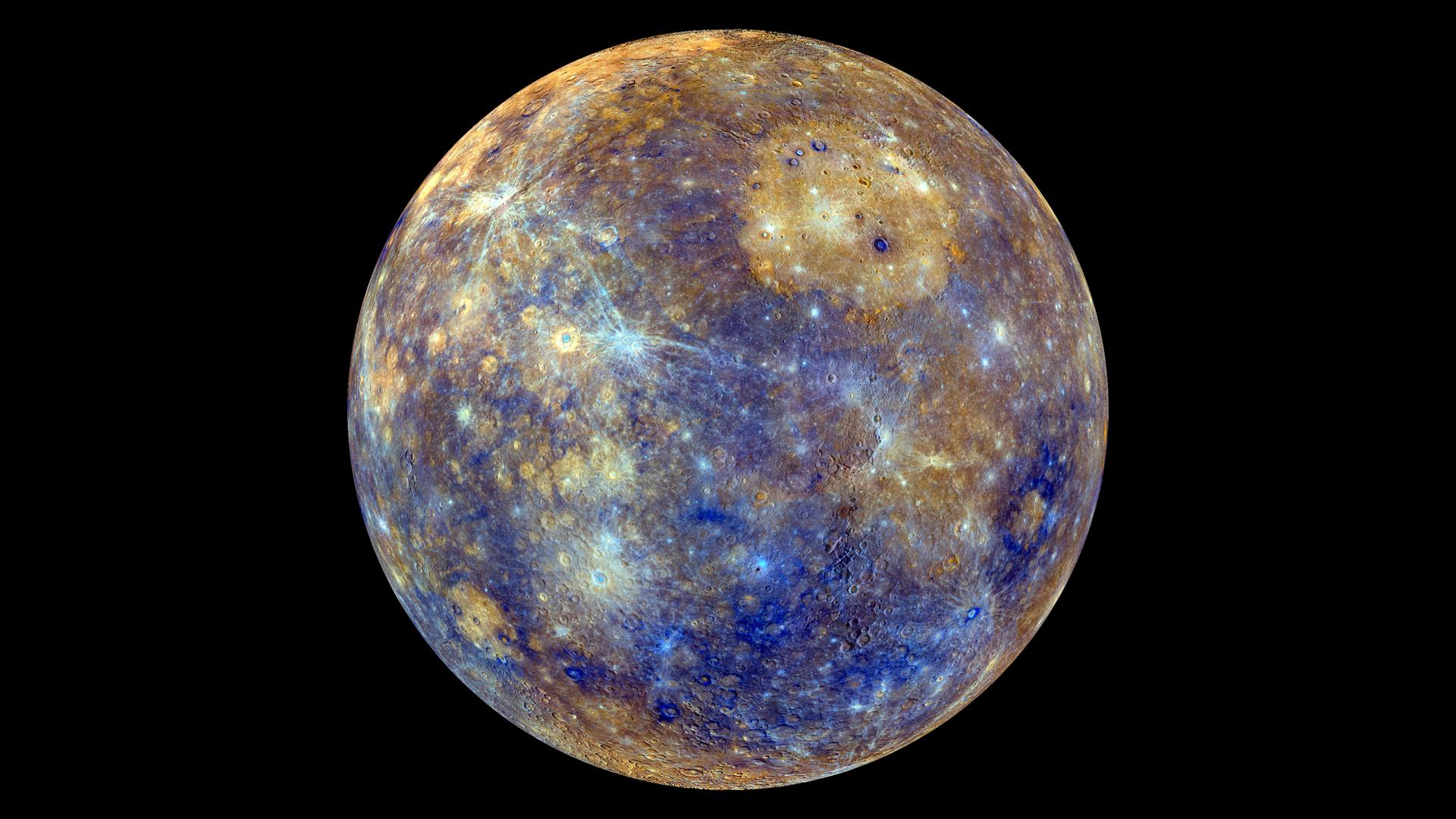
Venus: The Hottest Planet
Venus is the second planet from the sun and is often referred to as Earth’s sister planet due to their similar size and mass. However, Venus is much hotter than Earth, with surface temperatures reaching a scorching 864°F. This is due to its thick atmosphere, which traps heat from the sun.
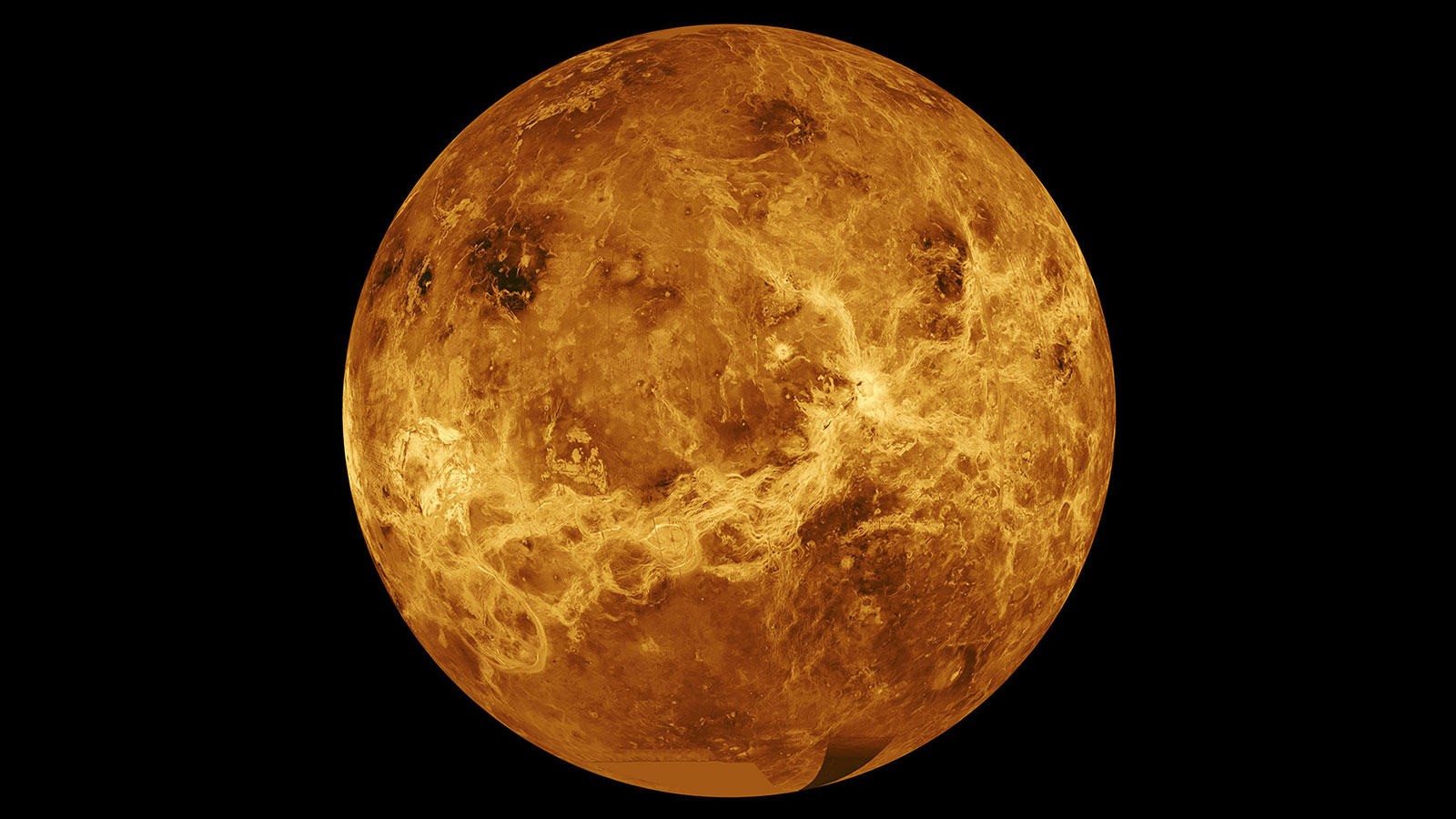
Earth: Our Home Planet
Earth is the third planet from the sun and is the only known planet with life. It has a diverse range of landscapes, including forests, deserts, mountains, and oceans. Earth also has a unique atmosphere that is composed of 78% nitrogen, 21% oxygen, and 1% other gases.
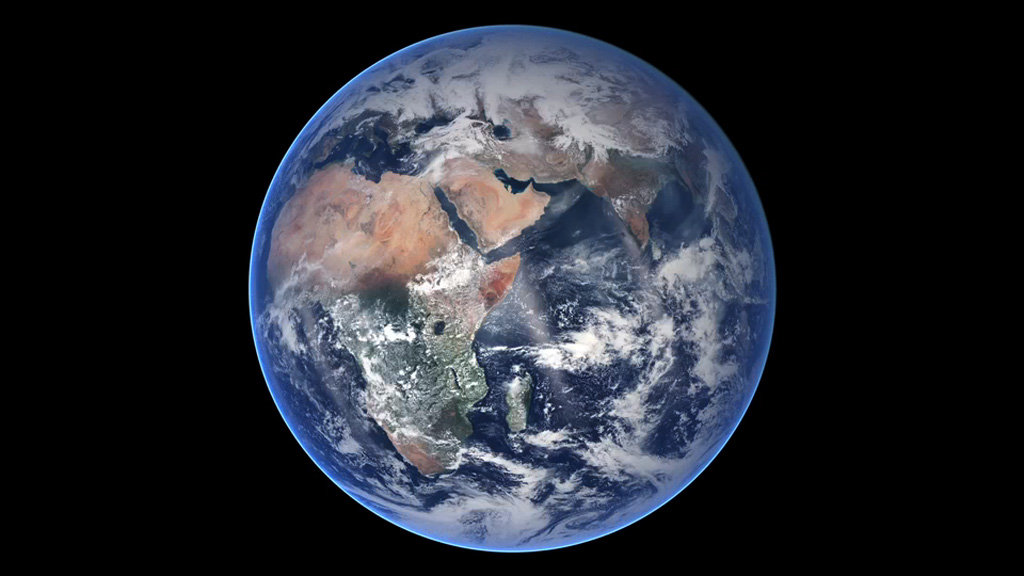
Quality Telescopes are able to spot all Planets in our Solar System easily.
We compared the best Telescopes for you
Mars: The Red Planet
Mars is the fourth planet from the sun and is often referred to as the Red Planet due to its reddish appearance. It has a thin atmosphere and a rocky surface, with evidence of past water on its surface. Mars is also home to the largest volcano and the deepest canyon in our solar system.
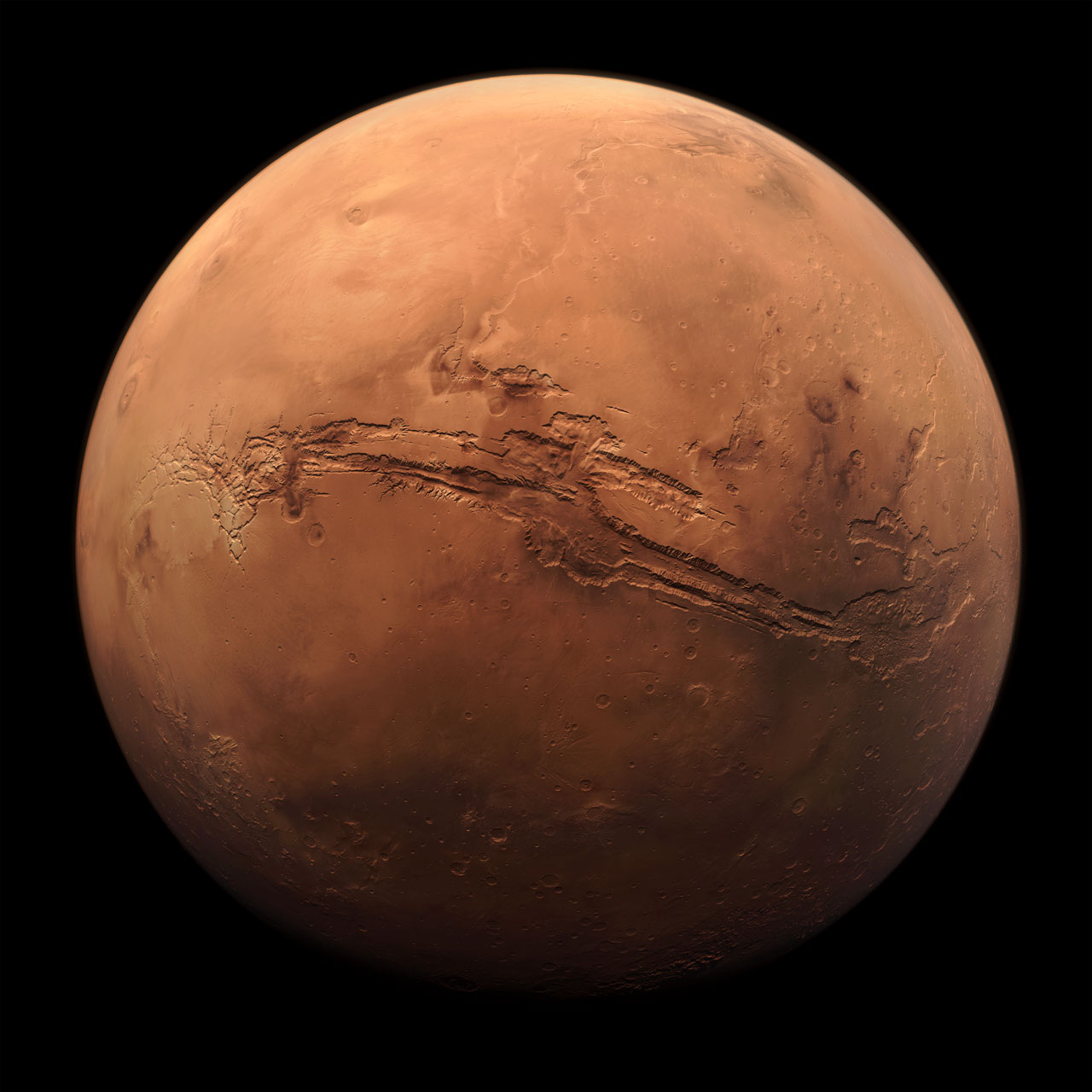
Jupiter: The Giant of Our Solar System
Jupiter is the largest planet in our solar system and is made mostly of gas. It has a strong magnetic field and is surrounded by a series of rings and many moons. One of its most famous features is the Great Red Spot, a giant storm that has been raging for hundreds of years.
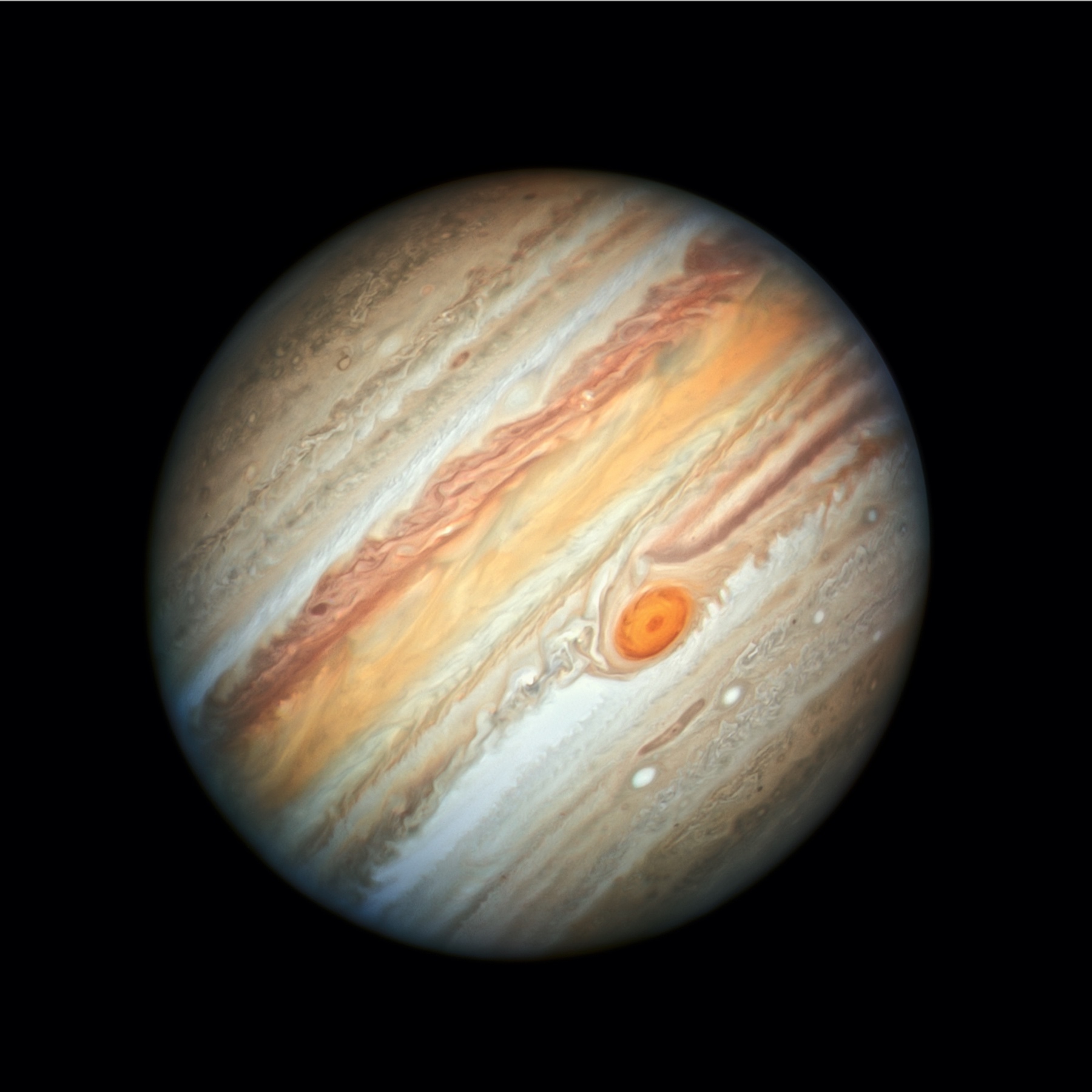
Saturn: The Ringed Planet
Saturn is the sixth planet from the sun and is known for its stunning ring system. The rings are made up of ice and rock particles and are believed to have formed from the breakup of a moon or from the remnants of a cometary collision. Saturn is also home to many moons, including the largest moon in our solar system, Titan.
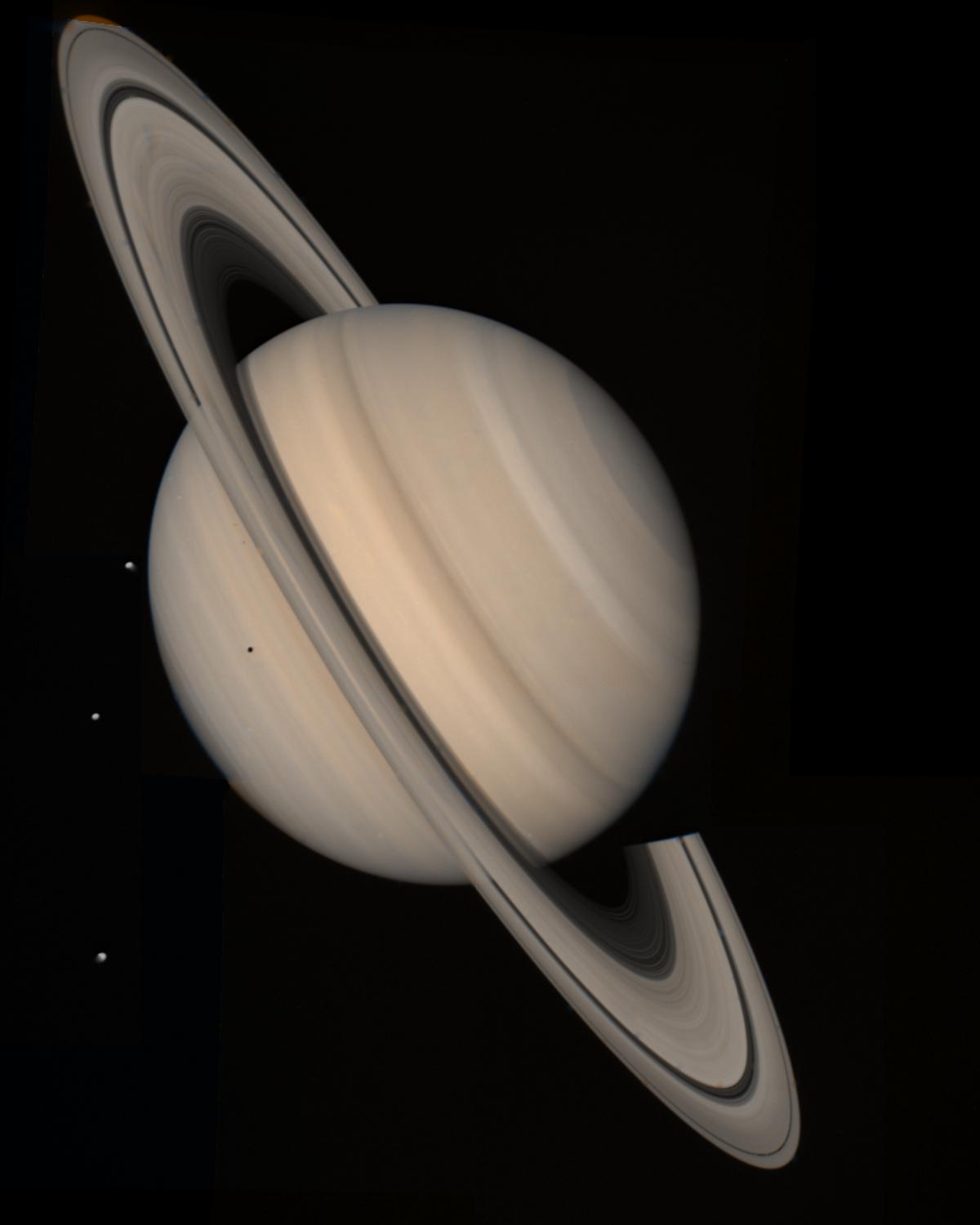
Uranus: The Tilted Planet
Uranus is the seventh planet from the sun and is known for its unusual tilt. It rotates on its side, with its poles facing the sun, giving it the longest day-night cycle of any planet in our solar system. Uranus is also composed mainly of gas and has a series of rings and many moons.
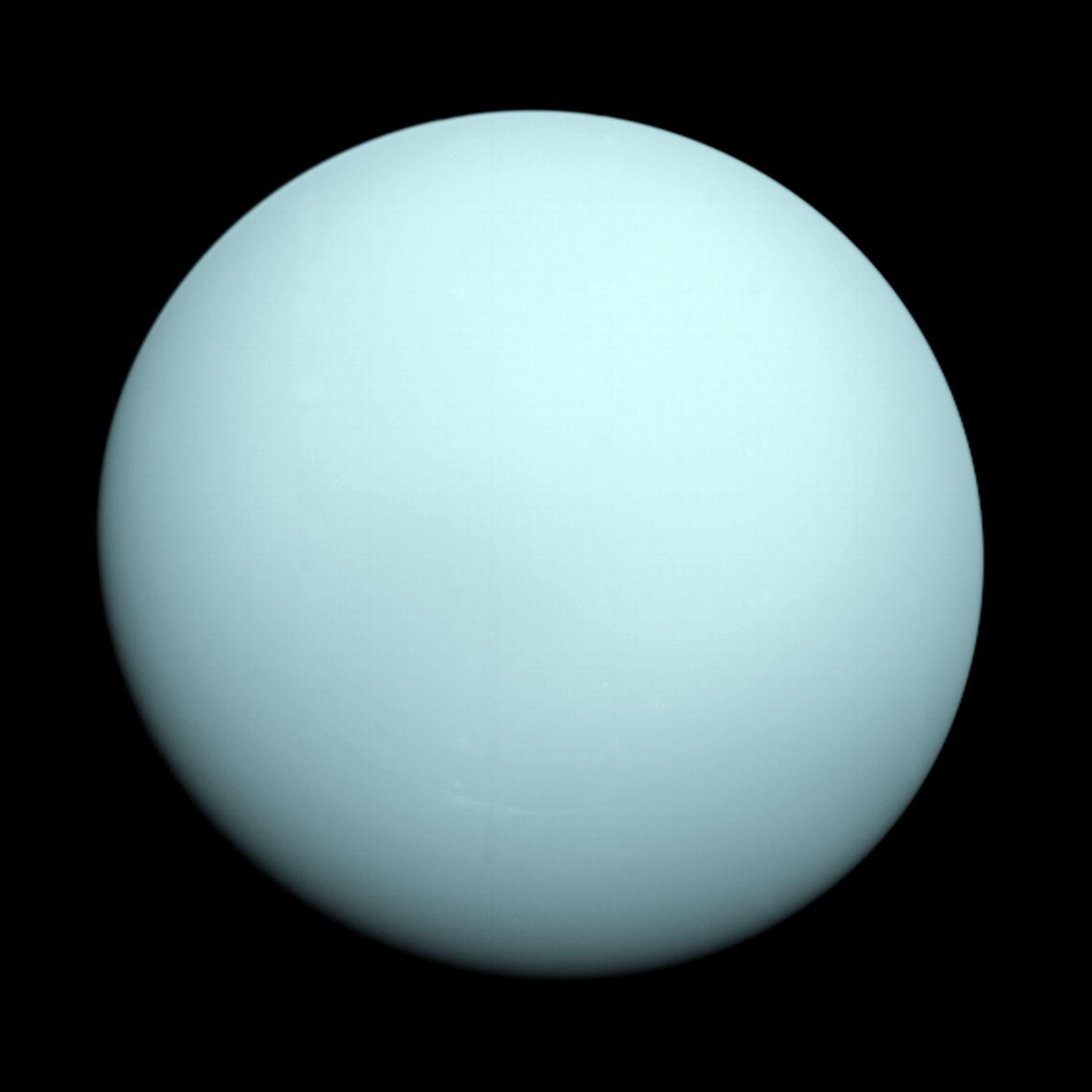
Neptune: The Windiest Planet
Neptune is the farthest planet from the sun and is known for its strong winds. These winds can reach speeds of up to 1,500 miles per hour, making Neptune the windiest planet in our solar system. It is also composed mainly of gas and has a series of rings and many moons.
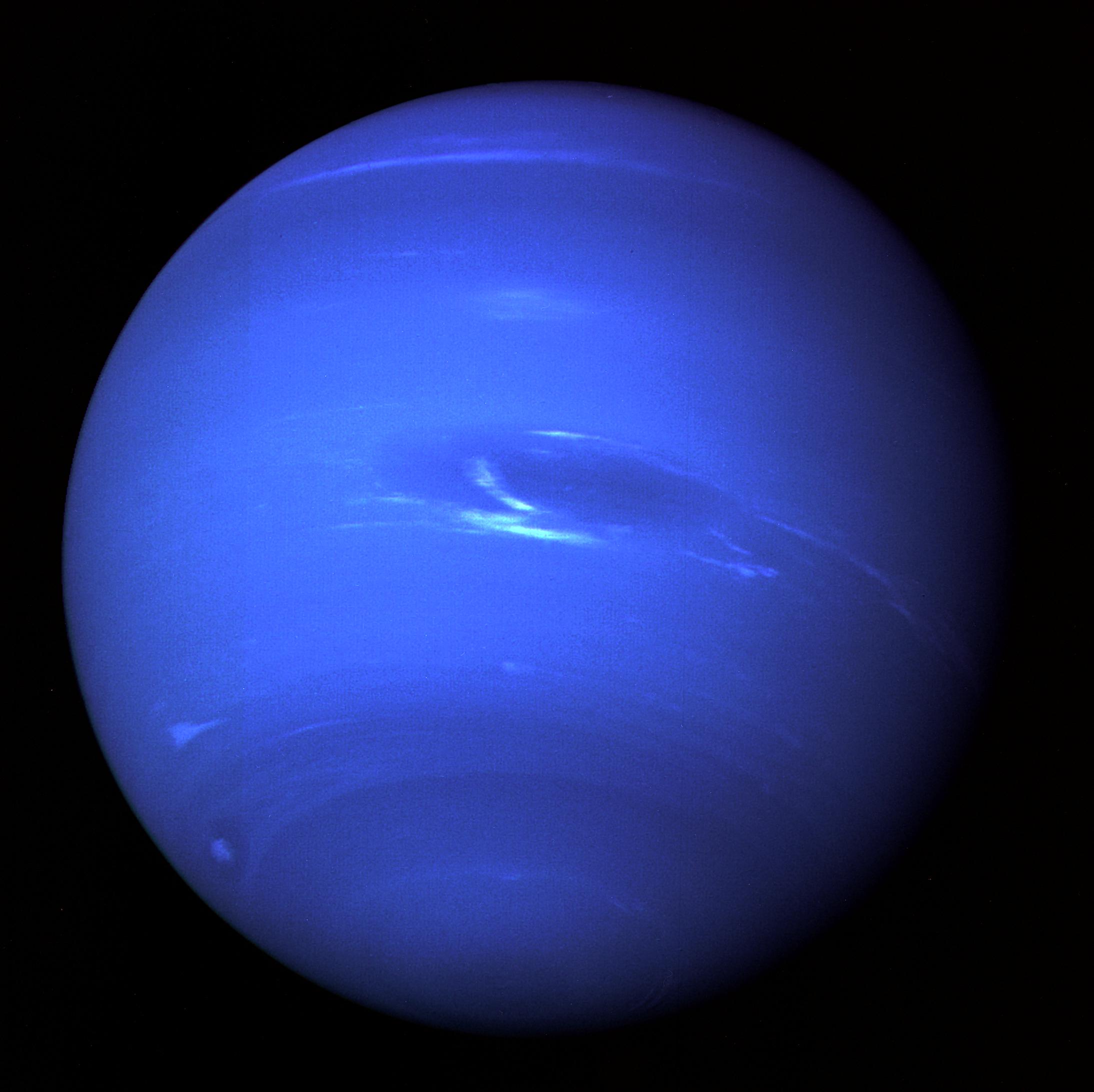
A journey trough the Solar System
And there you have it, a journey through our incredible solar system and its eight planets. We hope you’ve learned something new about each of these fascinating worlds and that you’ll continue to explore the wonders of our universe. So let’s keep learning!




